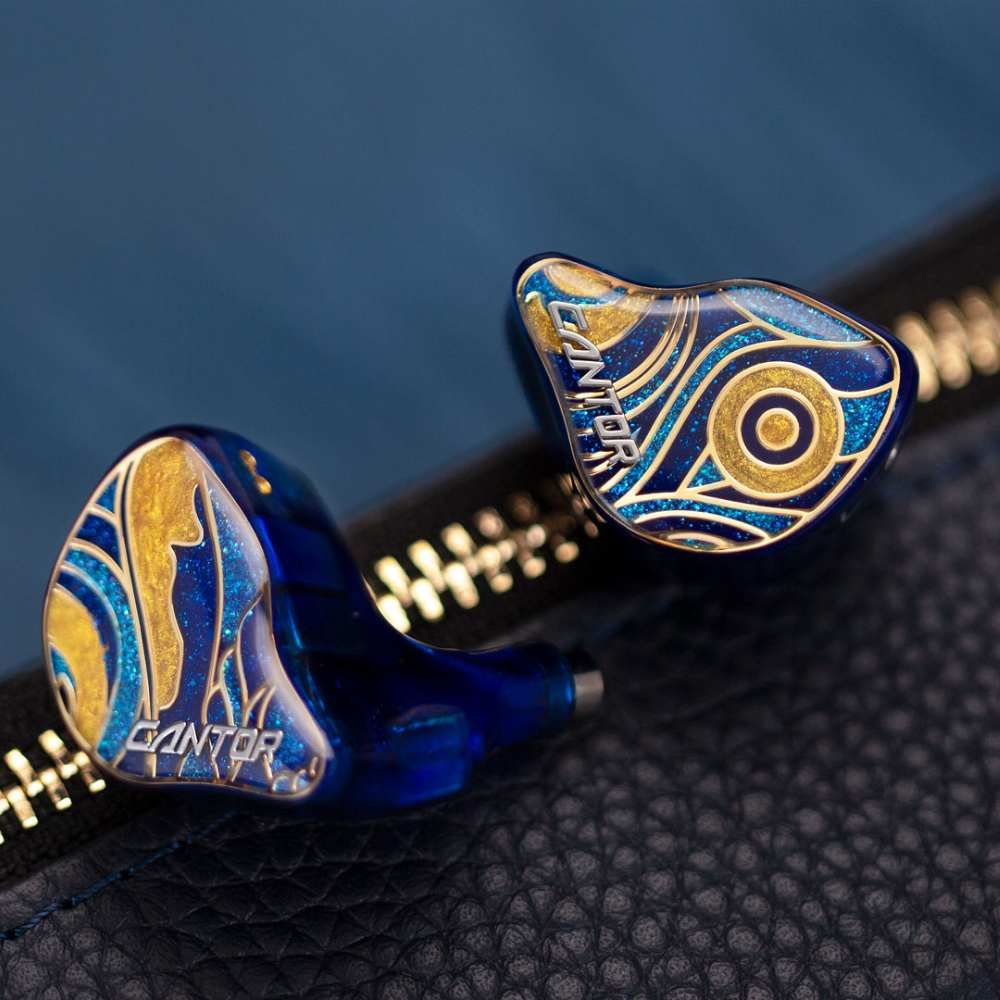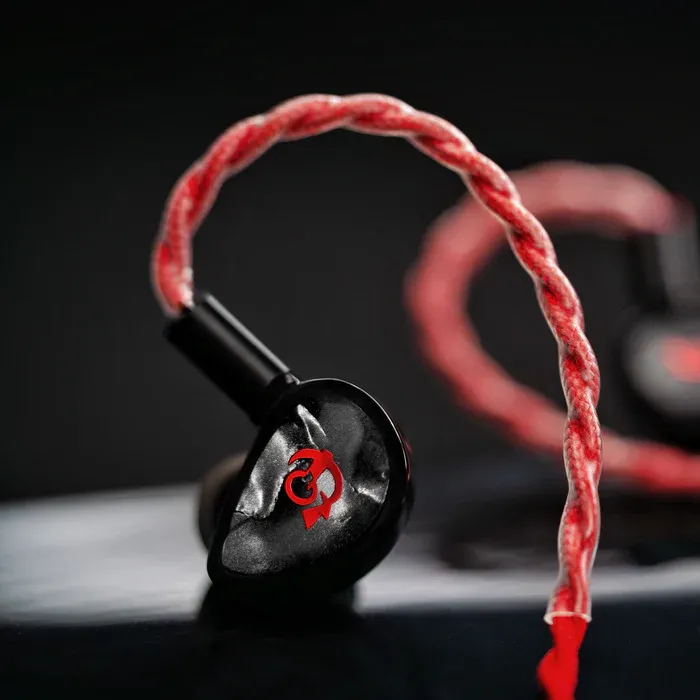This is currently in development. There will be more to come very soon!
Cantorvs.x HBB Deuce
Sound & Specs Comparison
Information
Both IEMs are widely regarded in the audiophile community. See how they differ in terms of sub-bass response, upper mids, clarity, and overall tonality. Spider charts and rating breakdowns included.
Objective Comparison
Facts, details, stuff.
| General Info | Cantor | x HBB Deuce |
|---|---|---|
| Brand | AFUL | FATfreq |
| Country | Taiwan | China |
| IEM Description | The AFUL Cantor combines technical precision with musicality in a hybrid design. Featuring a dynamic driver for powerful bass and multiple balanced armatures for clean mids and sparkly highs, it delivers a spacious soundstage with excellent separation. Tuning leans slightly toward a balanced-bright signature, making it a solid choice for detail lovers who still want some low-end punch. | The FATfreq x HBB Deuce is a sub-bass powerhouse, co-tuned with top reviewer HBB to deliver a bold yet refined sound. Built with FATfreq’s 2nd-gen Basscannon technology, it offers a deep 25dB sub-bass shelf and impressive dynamic range. The custom-designed acoustic chamber ensures precise imaging and a spacious, three-dimensional stage. Designed to excel in genres like hip-hop, rock, and classical, the Deuce blends punch, clarity, and musicality in a uniquely engaging way. |
| Price Level | 500 – 1.000 | 100 – 500 |
| Housing & Driver | ||
|---|---|---|
| Driver Config | Multi-BA | Multi Dyn. Driver |
| Driver Types | Balanced Armature | Dynamic Driver |
| Shell Material | – | – |
| Cable | 4Braid 5N OFC Cable | 2-Pin (0.78) sockets |
| Technical | ||
|---|---|---|
| Freq Range | – | – |
| Impedance (Ω) | 20 | – |
| Sensitivity (dB) | 106 | – |
| Crossover | RLC Network Electronic Crossover | – |
| Platform Info | ||
|---|---|---|
| Comments | 1 | 0 |
| Visit Count | 123 | 36 |
| External Reviews | 1 | 1 |
Meta Ratings
// Nothing to compare yet.
Sound Characteristics
Low-frequency extension on x HBB Deuce feels a more natural and authoritative, while Cantor lacks some reach (9 vs 8.5). Cantor enhances basslines with a more energy and grip, giving them a livelier feel compared to x HBB Deuce (9 vs 5.5). The bass in It feels m more physical and textured, with improved rumble and body compared to x HBB Deuce (8.5 vs 7). The lower midrange on It blends a more smoothly into the bass region, avoiding the disconnect found in x HBB Deuce (8.5 vs 6). It reproduces female vocals and strings with d more air and forwardness, while x HBB Deuce remains recessed (8 vs 6.5). It offers m greater shimmer and nuance in the lower treble, revealing micro-details that x HBB Deuce misses (8 vs 6). It captures ambient cues and reverbs b more precisely through its upper treble, enhancing spatial perception over x HBB Deuce (7.5 vs 7). It paints a m broader sonic landscape, offering better instrument positioning across the stage (8 vs 6). With s higher resolution, It allows finer textures and room ambiance to shine more than x HBB Deuce (8.8 vs 6). Track elements feel a more isolated and clean on It, offering clearer focus than x HBB Deuce (8.3 vs 6). It keeps competing frequencies under control d more effectively, reducing sonic congestion compared to x HBB Deuce (8 vs 6.5). It adds a more body and density to musical notes, enriching the overall texture compared to x HBB Deuce (7.5 vs 7). It delivers dynamic shifts with a greater impact, making x HBB Deuce sound comparatively tame (8.5 vs 7). The upper range of vocals is overwhelmingly cleaner and more forgiving on It, helping it avoid sibilant harshness that x HBB Deuce shows (8.5 vs 2). The tone quality of x HBB Deuce feels a more organic and true-to-source than the slightly artificial flavor of Cantor (8 vs 7.5). Across the frequency range, Cantor stays b more consistent in tonal balance, resulting in a smoother listen than x HBB Deuce (8.8 vs 8). Subtle ridges and granularity are conveyed a more clearly on It, adding life that x HBB Deuce doesn’t quite match (8 vs 6).
| Cantor | x HBB Deuce | |
|---|---|---|
| Sub Bass | 8.5 | 9.0 |
| Bass | 9.0 | 5.5 |
| Bass Feel | 8.5 | 7.0 |
| Lower Mids | 8.5 | 6.0 |
| Upper Mids | 8.0 | 6.5 |
| Lower Treble | 8.0 | 6.0 |
| Upper Treble | 7.5 | 7.0 |
| Sound Stage Width | 8.0 | 6.0 |
| Detail | 8.8 | 6.0 |
| Layering | 8.3 | 6.0 |
| Masking | 8.0 | 6.5 |
| Note Weight | 7.5 | 7.0 |
| Slam | 8.5 | 7.0 |
| Sibilance | 8.5 | 2.0 |
| Timbre Color | 7.5 | 8.0 |
| Tonality | 8.8 | 8.0 |
| Texture | 8.0 | 6.0 |
Tonal Signature
// Nothing to compare yet.

